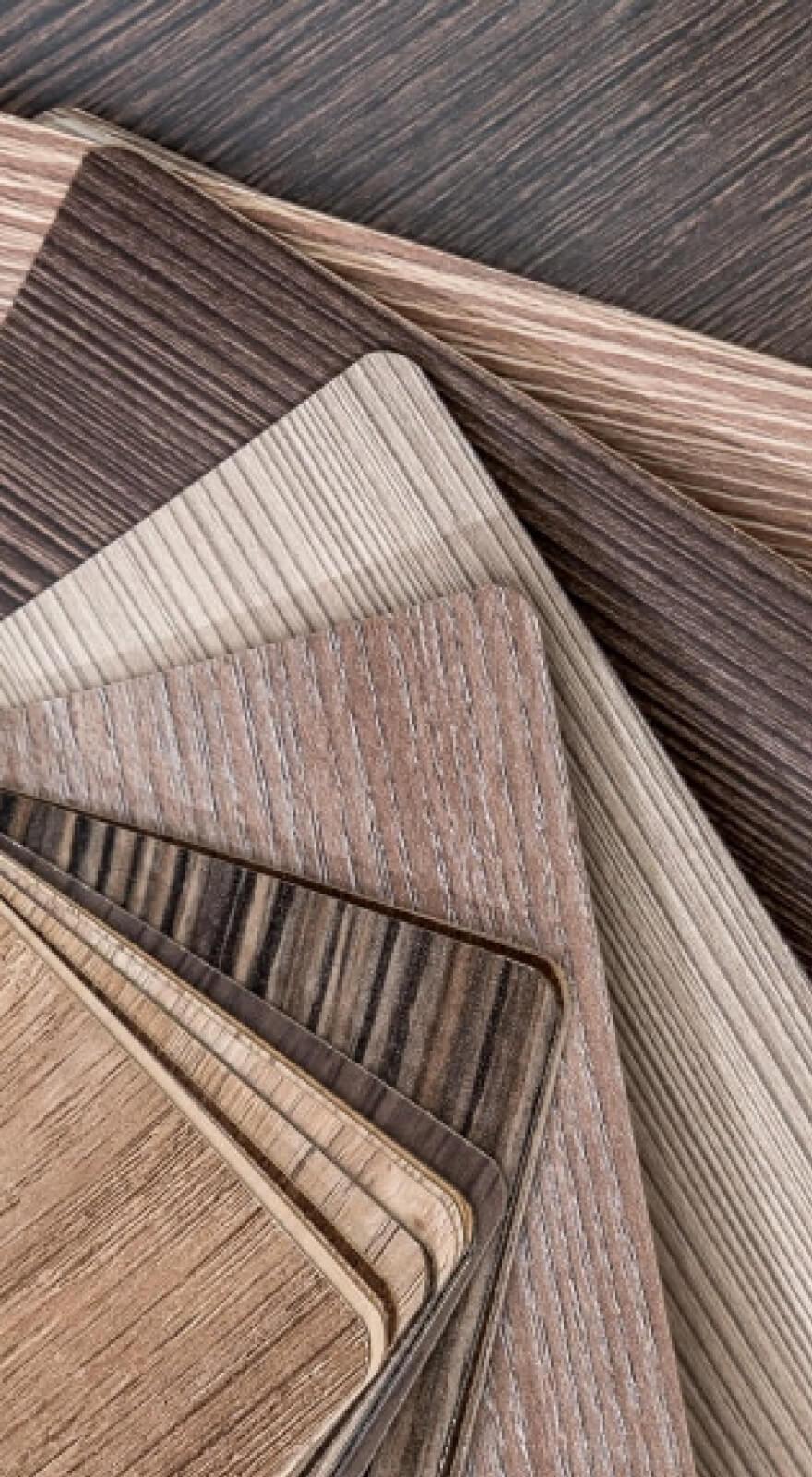Knowde Enhanced TDS
Identification & Functionality
- Chemical Family
- CASE Ingredients Functions
- Technologies
- Product Families
Features & Benefits
Applications & Uses
- Applications
- Application Method
- Compatible Substrates & Surfaces
- Cure Method
- Coating Type
- Ink & Toner Type
- Suggested Applications
Formulated UV/EB curable products containing EBECRYL® 83 may be applied viadirect or reverse roll, offset gravure, metering rod, slot die, knife over roll, airknife, curtain, immersion, vacuum, spin and spray coating methods, as well asflexographic printing.
EBECRYL® 83 is recommended for use in:- Overprint varnishes
- High gloss coatings on wood, paper, plastics
- Top coats for wood
- Wood fillers
- Flexographic inks and varnishes.
Properties
- Physical Form
- Appearance
- Clear liquid
- Physical Properties
- Typical Properties
- Cured Properties
| Value | Units | Test Method / Conditions | |
| Functionality (Theoretical) | 3.5 | — | — |
| Density (25°C) | 1.08 | g/ml | — |
| Weight/amine (Theoretical) | 1368 | — | — |
| Value | Units | Test Method / Conditions | |
| Color | max. 2 | Gardner | — |
| Viscosity (25°C) | 450-550 | cP/mPa·s | — |
| Value | Units | Test Method / Conditions | |
| Glass Transition Temperature | 6 | °C | — |
| Tensile Strength | 2000 (14) | psi (MPa) | — |
| Young's Modulus | 70000 (483) | psi (MPa) | — |
| Elongation at Break | 13 | % | — |
Packaging & Availability
- Country Availability
- Regional Availability

